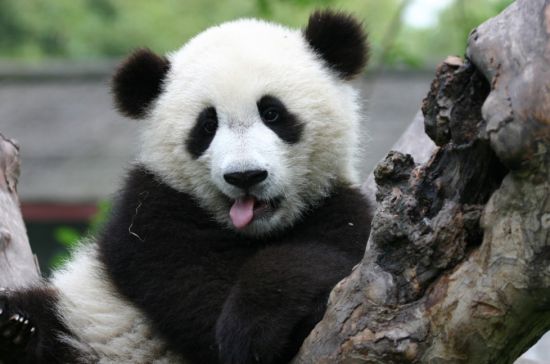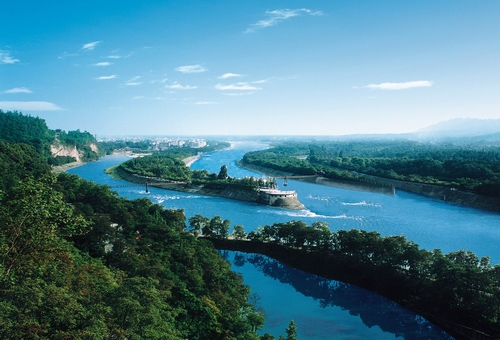Chengdu

-
Chengdu is located on the edge of the fertile plains of the Red Basin in China's Sichuan Province. Due to its agricultural wealth, Chengdu is sometimes called the "Land of Milk and Honey¡±. Being the natural habitat of cute giant pandas, it is located in the west of Sichuan Basin and in the center of Chengdu Plain.
Chengdu has been found to be much older than previously thought. The Jinsha excavation site shows us that Chengdu was an important gathering place for people 4,000 years ago. For those interested in Chinese culture there are many great stories that come from this ancient city.1. Chengdu Panda Breeding and Research Center
Chengdu Panda Base was founded in 1987. It started with 6 giant pandas that were rescued from the wild. By 2008, it had 124 panda births, and the captive panda population has grown to 83. Its stated goal is to "be a world-class research facility, conservation education center, and international educational tourism destination. The giant pandas are fewer than 1000, of which 80% are distributed within the territory of Sichuan province. Therefore, a lot of visitors come to Chengdu to see the giant pandas. Located just 6 miles away from downtown Chengdu, the Panda Breeding Research Center has been created and imitated the pandas' natural habitat in order that they might have the best possible environment for rearing and breeding.

2. Jinli
Jinli Street, located to the east of the Wuhou Temple of Chengdu is particularly representative of this city. Jinli Old Street is one of the oldest shopping streets in Sichuan Province, and it can be traced back to the Three Kingdoms Period, over 1,800 years ago. Jinli was named as ¡°National Top Ten City Commercial Pedestrian Street¡±. There are many bars, inns, snack stores and souvenir shops. This street, which is only 350 meters long, is a stage for life in Chengdu and showcases its features. You can taste the flavor of old Chengdu by seeing the age-old street, official residences, folk residences, teahouses, inns, wine bars, stages and handiwork; you can get a taste of authentic Chengdu flavor by trying local snacks and specialties.

3. Dujiangyan Irrigation System
Dujiangyan is the oldest and only surviving no-dam irrigation system in the world; and a wonder in the development of Chinese science. The project consists of three important parts scientifically designed to automatically control the water flow of the rivers from the mountains to the plains throughout the year. Dujiangyan is an irrigation infrastructure built in 256 BC during the Warring States period of China by the State of Qin. It is located in the Min River in Chengdu. It is still in use today to irrigate over 5,300 square kilometers of land in the region. The Dujiangyan is known as one of ¡°The three great hydraulic engineering projects of the Qin dynasty¡±.
